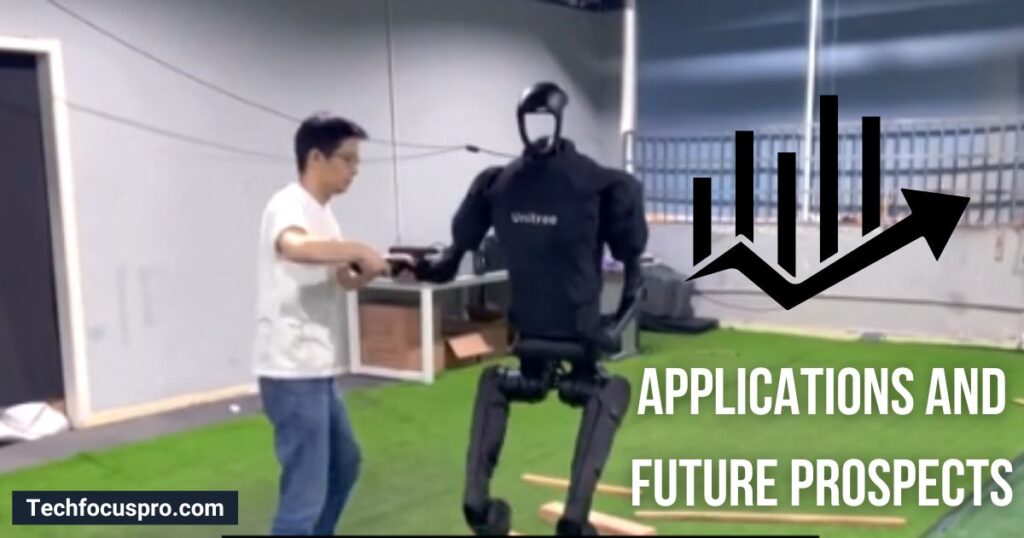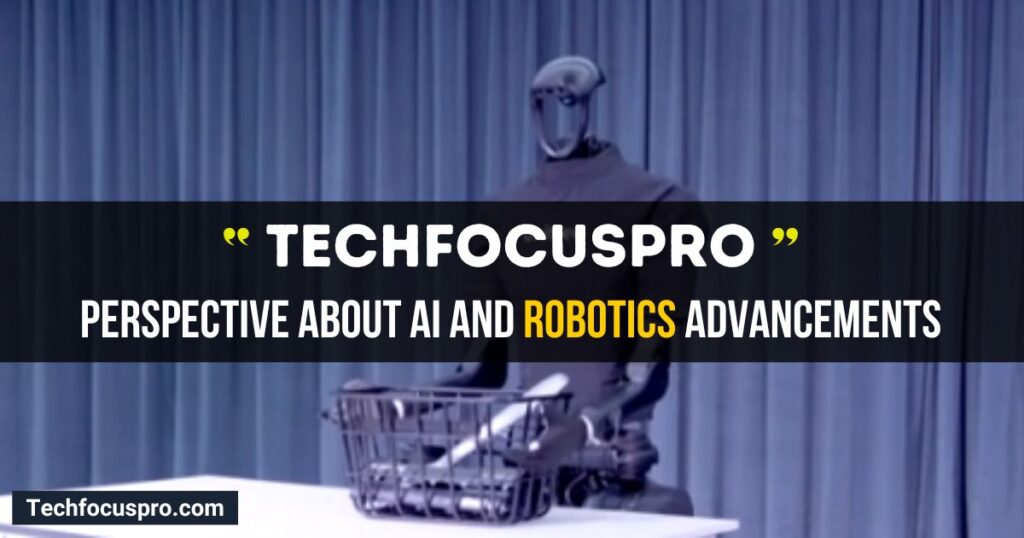AI is Propelling Robot Development in China

Artificial intelligence (AI) has made significant strides in recent years, transforming various industries around the globe. One country that is rapidly harnessing this technology is China. Particularly noteworthy are the advancements in AI-driven robotics, as demonstrated by companies like Unitree Robotics.
This piece of art sheds light on how AI is Propelling Robot Development in China and its implications for the global market.
The Rise of AI in Robotics
AI is being incorporated into robotics designs by Chinese companies at an increasing rate, resulting in some amazing innovations. Leading this effort is a Hangzhou-based startup called Unitree Robotics.
Thanks to its advanced artificial intelligence “brain,” the business has created a robot that can balance like a human and make decisions when faced with difficulties.
Transformative Impact of AI
The incorporation of AI has significantly reduced the time required for the robot’s fine motor training. According to Wang Xingxing, Founder and CEO of Unitree Robotics, the training period has decreased from approximately seven years to just a few months. This remarkable efficiency is achieved through advanced self-learning algorithms.
“In the past, robots had to be programmed manually for different scenarios,”
Wang Xingxing
“For example, if there was different terrain in front of it, or if there was a cup you wanted it to grab, we humans had to type in all those codes. It would take a lot of time and energy.
Now with AI, you don’t need to change the model or put in more manpower. You just put it in a different simulated scenario and let it get the training. All we need is to supply it with electricity, equip it with some GPU and CPU computing power, and the robot takes care of training itself automatically.”
Industrial Applications and Future Prospects

Looking ahead, Unitree Robotics is set to unveil AI-powered robots designed for industrial applications. Wang mentions that the company is currently developing more dexterous fingers to create advanced robots. These robots will undergo training in simulated scenarios for physical tasks, with the goal of assisting production in factories within a year or two.
Industry estimates indicate that by 2030, the global humanoid robot market will exceed $260 billion, with China contributing around $50 billion to this total. This projection underscores the tremendous potential and economic impact of AI-driven robotics.
My Perspective on AI and Robotics Advancements

The progress achieved by Unitree Robotics is evidence of the revolutionary potential of artificial intelligence in the robotics domain.
It is very remarkable that the training period has been shortened from years to months. This breakthrough shortens development times and lowers expenses, opening up advanced robots to a wider range of businesses.
Furthermore, a major departure from conventional programming techniques may be seen in the capacity of robots to autonomously train themselves in a variety of circumstances. Because of their autonomy, robots can become more sophisticated and adaptive, able to carry out a greater range of activities with less assistance from humans.
FAQs About AI is Propelling Robot Development in China
What is Unitree Robotics?
A Hangzhou, China-based business called Unitree Robotics is well-known for creating cutting-edge AI-driven robots that can autonomously make decisions and balance just like humans.
How has AI impacted the development of robots?
Robot training used to take years, but thanks to AI, it now only takes months. It makes it possible for robots to learn on their own in simulated environments with little assistance from humans during programming.
What are the future prospects for AI-powered robots?
Robots with AI capabilities are about to transform industrial applications. It is anticipated that they will augment factory output and make a substantial contribution to the worldwide humanoid robot industry, which is anticipated to surpass $260 billion by 2030.
How do AI robots train themselves?
AI robots use self-learning algorithms and simulated scenarios to autonomously train for various tasks. This process involves providing the robots with computing power and allowing them to independently train and adapt to new environments.
Why is China significant in the realm of AI-driven robotics?
Companies like Unitree Robotics demonstrate China’s quick adoption and incorporation of AI into robotics, underscoring the country’s ability to dominate the global market and see significant economic growth through technological advancements in this area.
Conclusion
Technology in China and elsewhere is changing as a result of AI’s incorporation into robotics. Businesses like Unitree Robotics are at the forefront of inventions that could transform entire industries and spur economic expansion. Looking ahead, there is enormous potential for AI-powered robots to improve efficiency and production across a range of industries.
I urge you to learn more and contemplate the game-changing potential that artificial intelligence and robots can have for your company if you want to stay ahead of the curve in this quickly developing industry.






